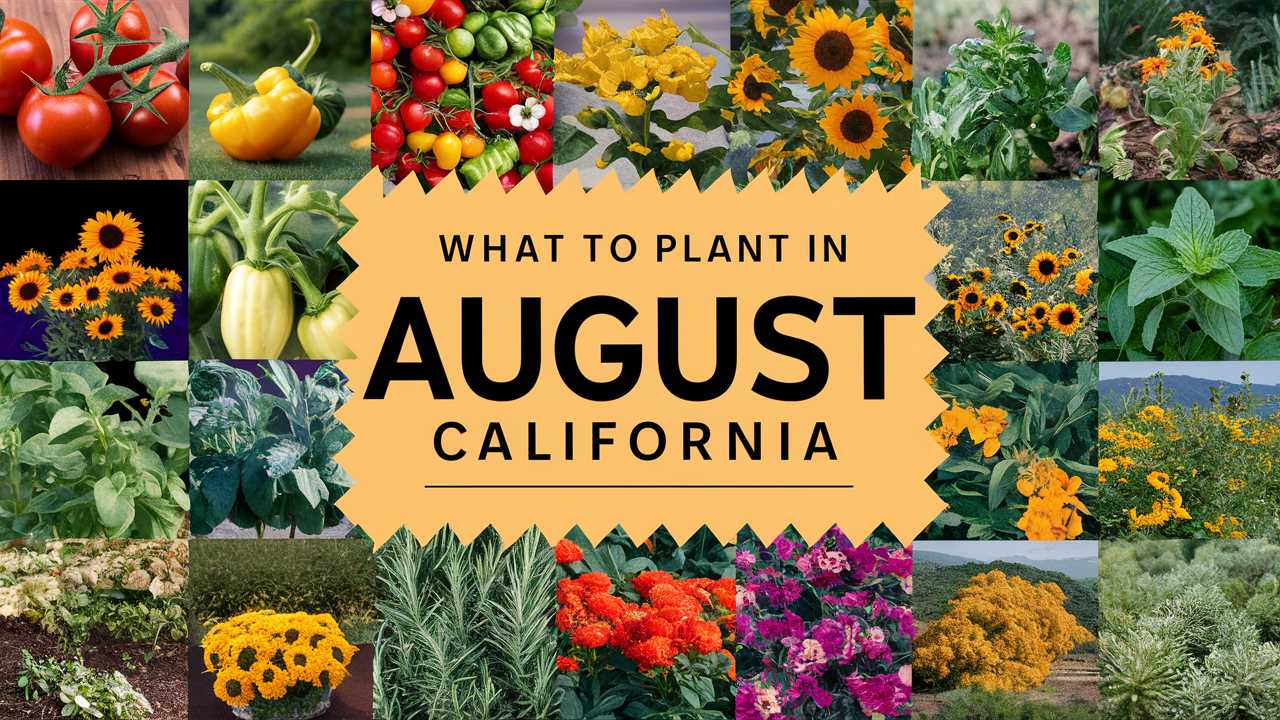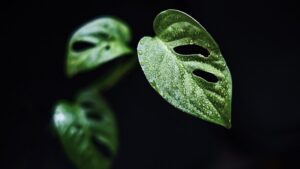As summer begins to wane, August presents a fantastic opportunity for California gardeners to extend their growing season with a second wave of planting. Whether you reside in USDA hardiness zones 5 through 10, California’s diverse climate allows for a wide variety of vegetables, flowers, herbs, and landscape plants to flourish.
This guide explores various plants you can sow in August across the Golden State, complete with temperature tolerances and ideal planting dates specific to each region. Let’s dig into the rich soil of plant possibilities.
Vegetables To Plant
Bell Peppers (Capsicum annuum)
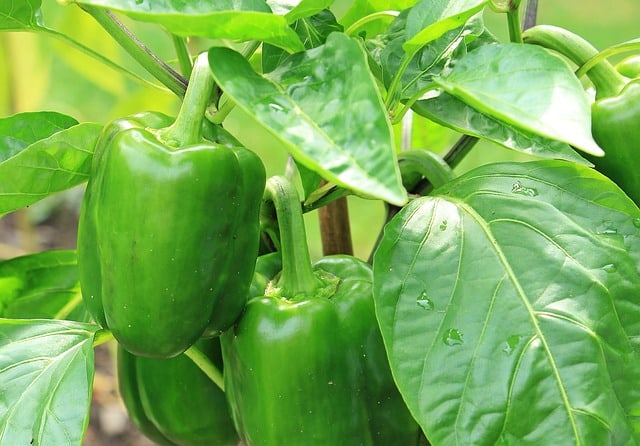
Bell peppers thrive in warm temperatures and can be planted in the early months of summer. However, in California, August is an excellent time to sow seeds or transplant young seedlings for a fall harvest, especially in the warmer coastal and interior valleys. Ideal soil temperatures for planting bell peppers range from 70 to 85°F. Plants should be spaced 18 to 24 inches apart to allow for adequate airflow.
Bell peppers appreciate full sun and well-draining soil enriched with organic matter. Any late-season peppers will mature before the real cold sets in, potentially bringing a bountiful harvest before the end of the year.
Carrots (Daucus carota)
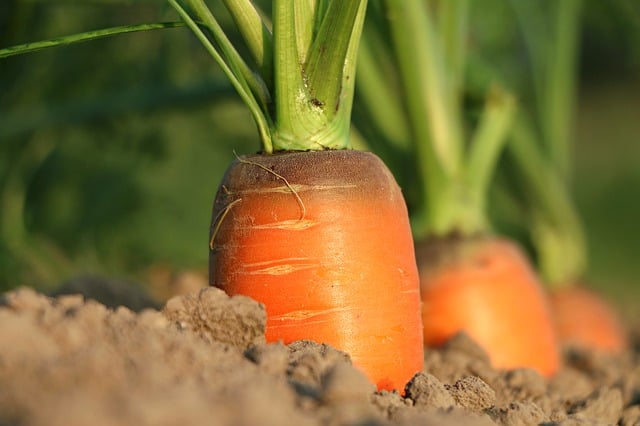
August is the perfect time to sow carrot seeds as they prefer cooler weather to germinate but grow well in the rich summer sun. Carrots can withstand temperatures between 45°F and 75°F. They thrive best in sandy, loose soil with good drainage.
When planting carrots, make sure to sow seeds about ¼ inch deep and spaced at least 2 inches apart. As they grow, thin them to provide ample space, which helps avoid overcrowding. August sowings reap rewards in the fall with sweet, crunchy roots that can be harvested into the early winter months.
Radishes (Raphanus sativus)
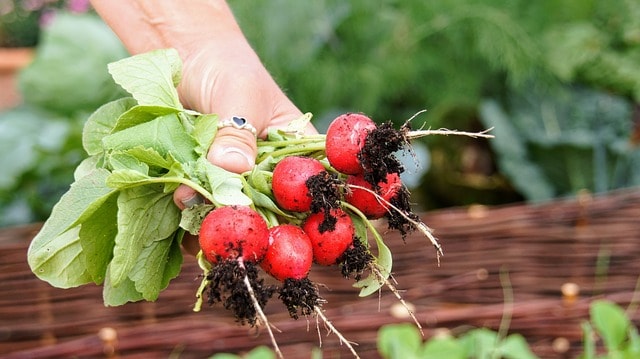
One of the fastest-growing vegetables, radishes can be sown in California throughout the summer, even into August. They prefer cooler weather and will thrive if planted in the heat of summer, requiring temperatures between 50°F and 75°F to flourish.
For August plantings, select rapid-maturing varieties such as Cherry Belle or French Breakfast. These can be sown directly into the ground, in rows spaced 12 inches apart, at a depth of half an inch. Harvesting can occur as soon as three weeks after sowing, making them a rewarding choice for impatient gardeners.
Kale (Brassica oleracea var. sabellica)
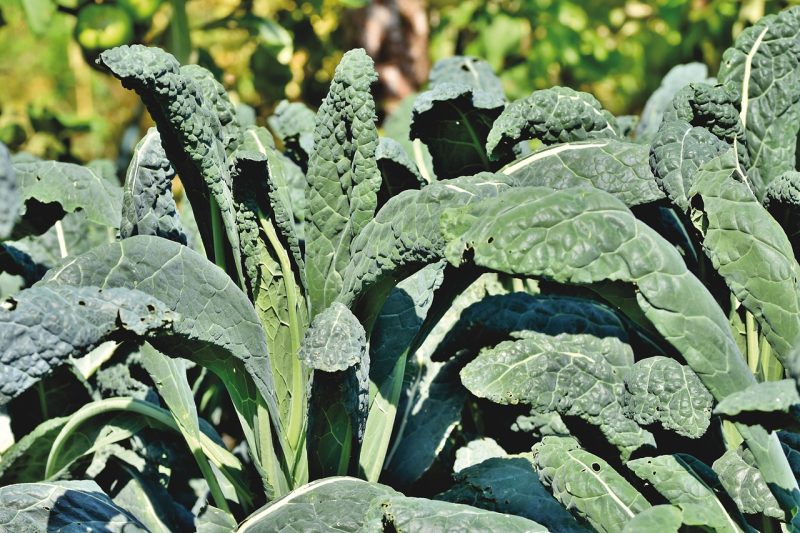
Kale’s resilience to cooler temperatures makes August an ideal month to plant it in many parts of California. With temperature tolerance ranging from 15°F up to 75°F, kale thrives in mild weather. This leafy green can be direct seeded or started indoors for transplanting later.
August sowing can lead to a successful fall and winter harvest, especially in regions like the northern parts of the state. Provide ample sunlight and nutrient-rich soil, and be prepared to protect young plants from possible heatwaves that may occur in late summer.
Beets (Beta vulgaris)
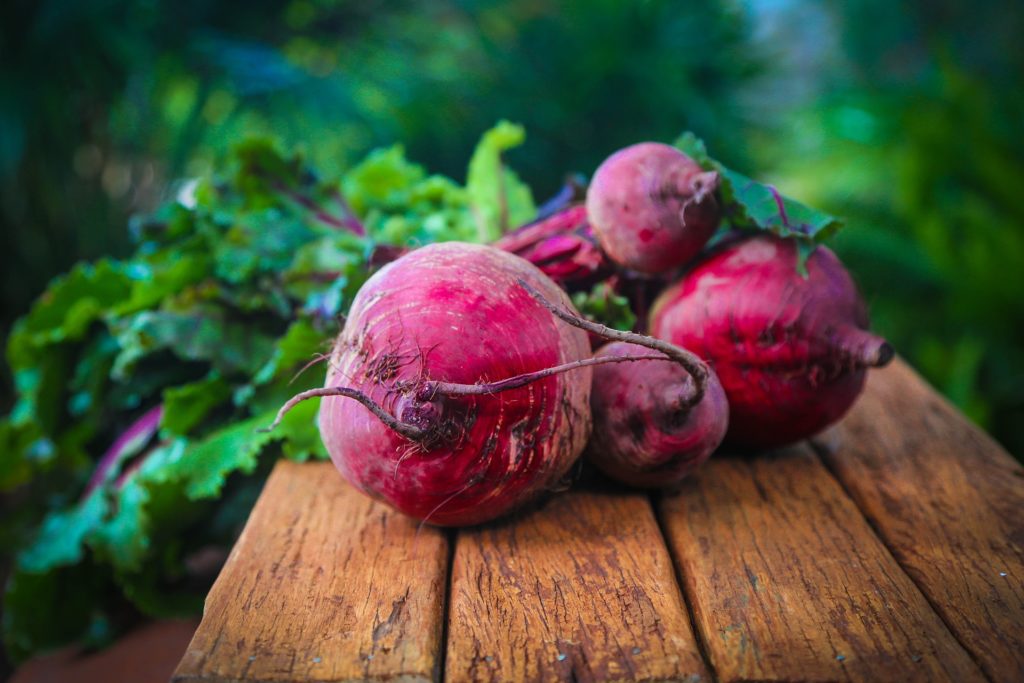
Beets are another hearty garden staple that can be sown in August. They prefer cooler temperatures for optimal development, ideally growing in the 50°F to 75°F range. When direct seeding beets, make sure to space them about 2 to 4 inches apart and plant them at a depth of about half an inch.
These root vegetables are versatile and can be eaten fresh, pickled, or roasted. August plantings will allow their rich color and sweet flavors to mature in the cooler autumn air, and beets often become sweeter with a light frost.
Snap Peas (Pisum sativum var. macrocarpon)
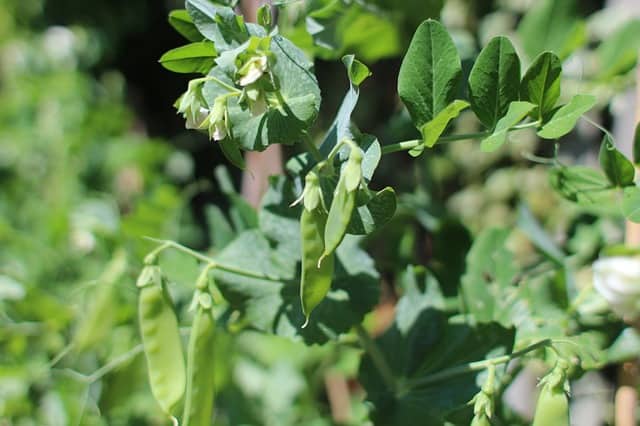
Snap peas make the perfect addition to your August planting list, especially in California’s cooler coastal zones. Ideally, snap peas thrive in temperatures around 60°F to 75°F while being resilient to minor frosts.
Plant seeds about 1 inch deep and 2 inches apart, providing a trellis or support as they grow. The seeds can be direct sown into the garden bed in early to mid-August for a delicious harvest of sweet pods by fall.
Chard (Beta vulgaris var. cicla)
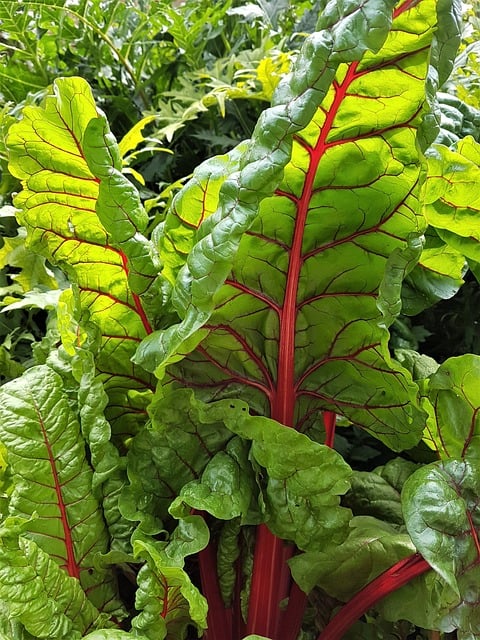
Swiss chard is another leafy green that can tolerate a variety of temperatures, making it an excellent choice for August plantings. With a temperature range of 50°F to 85°F, it thrives in the warm sun but can withstand the cooler temperatures of fall.
Space chard seeds about 1 inch apart in rows spaced 18 inches apart during August. This bright-colored leafy green rewards gardeners with nutritious leaves that can be harvested all the way through winter.
Cucumbers (Cucumis sativus)
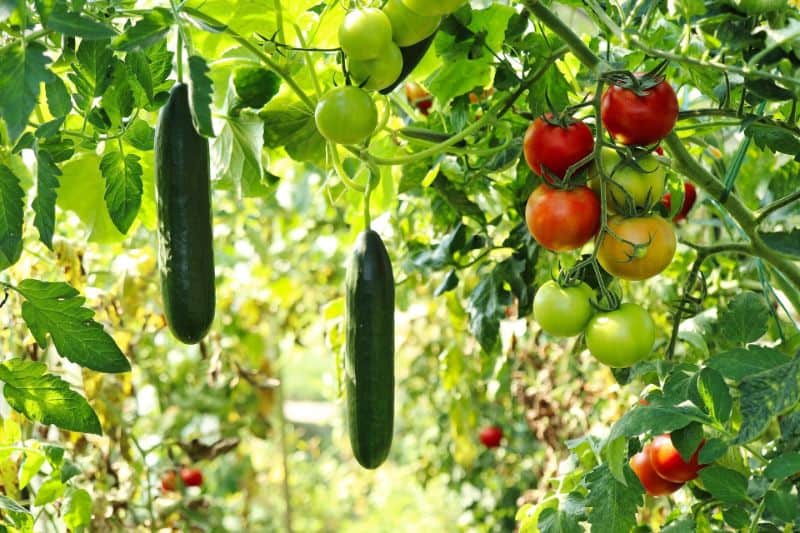
Cucumbers are a summer favorite and can be successfully planted in August in California’s warmer regions. They favor temperatures between 70°F and 90°F, which makes August an opportune time in areas such as the Central Valley.
Cucumbers can be direct seeded into the ground about 1 inch deep and spaced 18 to 36 inches apart, depending on the variety. These vining plants grow quickly and produce fruit that can be enjoyed fresh, pickled, or in salads.
Lettuce (Lactuca sativa)
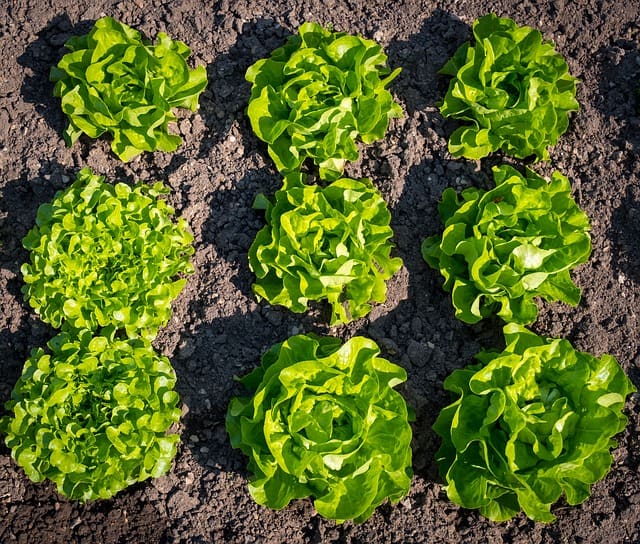
For those who love fresh salads, August offers an excellent time to plant fast-maturing varieties of lettuce. Lettuce thrives in cool temperatures, ideally between 60°F and 70°F. August plantings will enjoy the warmth of summer and can be harvested as early as three weeks after planting.
You can choose from several varieties — from romaine to butterhead — and plant them in rows spaced about 12 inches apart. Keep in mind that lettuce may bolt with excessive heat, so be prepared to provide shade or use row covers if a heatwave strikes.
Arugula (Eruca sativa)
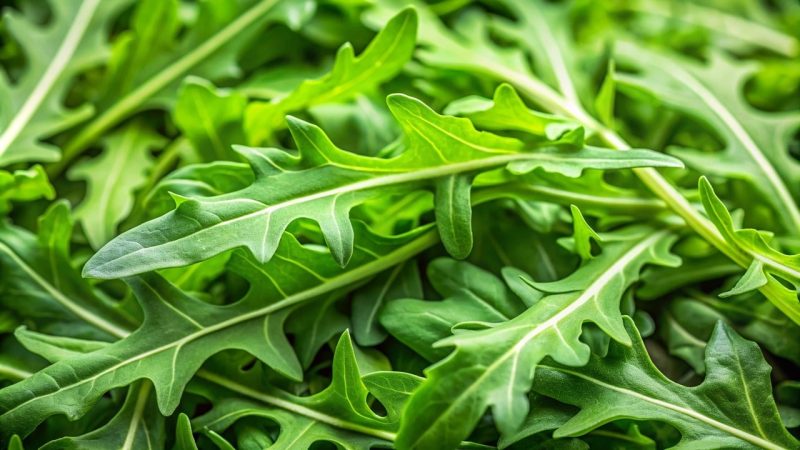
Arugula is another fast-growing vegetable that can be planted in August for a delicious harvest in weeks rather than months. Preferring cooler weather, arugula grows best in temperatures of 55°F to 75°F.
Sow seeds about ¼ inch deep and spaced 1 inch apart for a bushy crop. Harvest young leaves for salads, or allow them to mature for a bolder flavor. Keep soil consistently moist to ensure quick germination and growth.
Flowers To Plant
Sunflowers (Helianthus annuus)
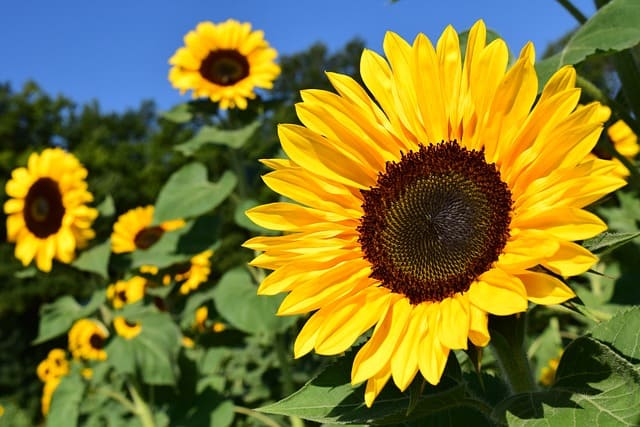
Sunflowers are cheerful, vibrant flowers that can be planted in August for a late summer bloom. They thrive in full sun and can handle temperatures from 70°F to 100°F. Being highly drought-tolerant, they adapt well to California’s climate, making them perfect for summer planting.
Plant seeds about 1 inch deep and 6 inches apart. These towering beauties can grow exceedingly tall and add vertical interest to any garden space. Harvest seeds to feed birds or use them in your own kitchen.
Zinnias (Zinnia elegans)
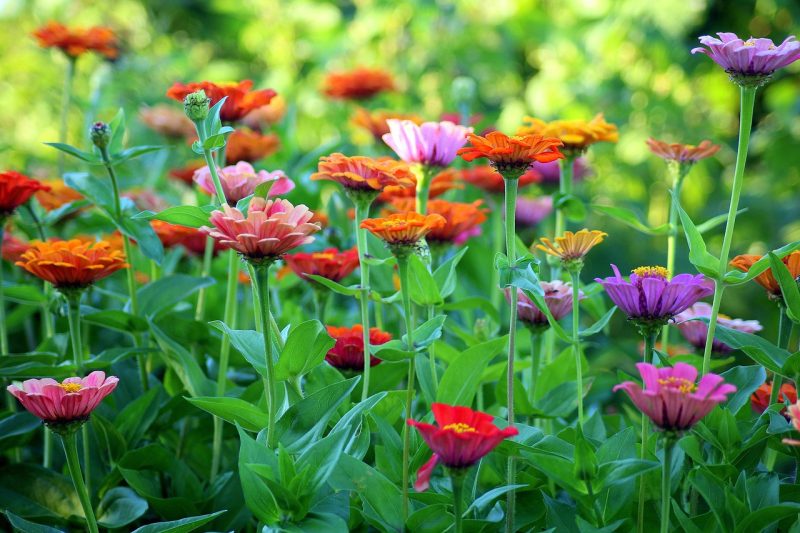
Zinnias are among the easiest and most colorful annuals to grow, making them ideal for August planting. They prefer temperatures between 70°F and 85°F and can bloom within six to eight weeks of planting.
Directly sow the seeds in well-drained soil and ensure they are spaced 12 inches apart to allow for their bushy growth. Zinnias attract butterflies and add a splash of color to gardens with their diverse range of hues.
Marigolds (Tagetes spp.)
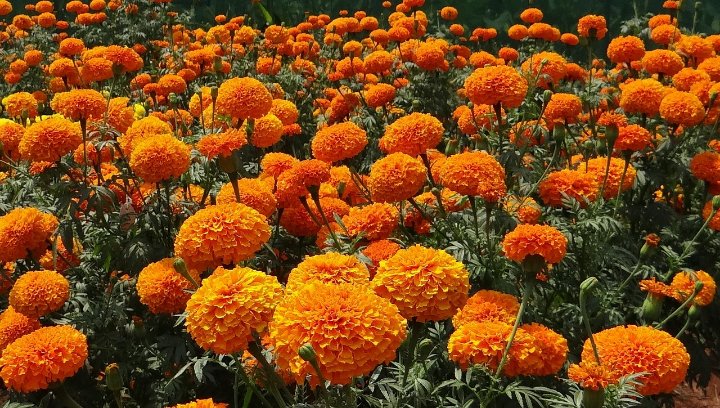
Marigolds are hardy annuals that flourish in August under California’s sun. They prefer warm soil temperatures and will bloom well into the fall months. Offering a vibrant palette, these flowers are excellent companions for vegetables, repelling pests that could damage crops.
Direct sow marigold seeds about ¼ inch deep and 6 inches apart. With minimal care, they can provide continuous blooms and thrive in a range of soil types.
Cosmos (Cosmos bipinnatus)
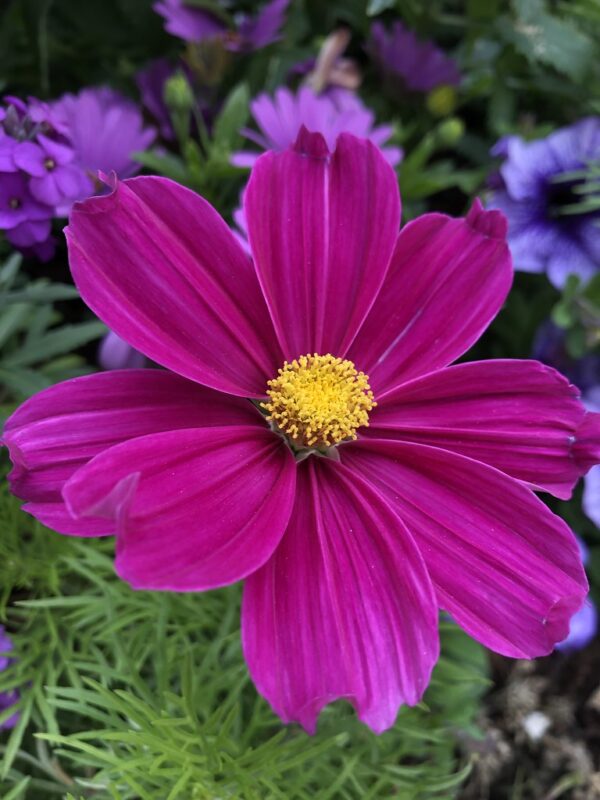
Cosmos are perfect for adding a naturalistic vibe to gardens, with their delicate, feathery foliage and colorful blooms that attract pollinators. They thrive in warm temperatures, ideally between 60°F and 85°F, and are adaptable to various soil conditions.
Sowing seeds in early August will yield flowers by late summer or early fall. Space the seeds about 12 inches apart allowing individual plants to reach heights of 3 feet or more, creating beautiful drift-like patches in your garden.
Snapdragons (Antirrhinum majus)
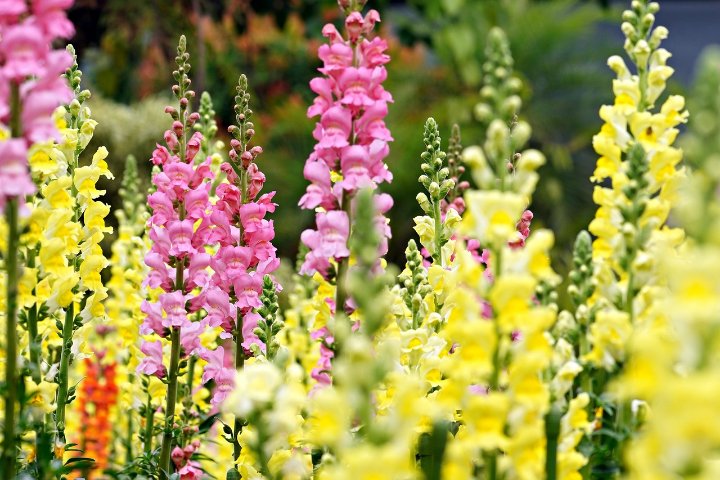
Snapdragons are versatile in both cooler and mild climates and can be grown for vibrant fall blooms when planted in August. They prefer cooler temperatures, so aim for a planting date that factors this in.
Snapdragons are typically started from seed up to 10 weeks before the last frost. Plant them approximately 6-12 inches apart, and you’ll enjoy their exquisite floral displays well into the cooler months.
California Poppy (Eschscholzia californica)
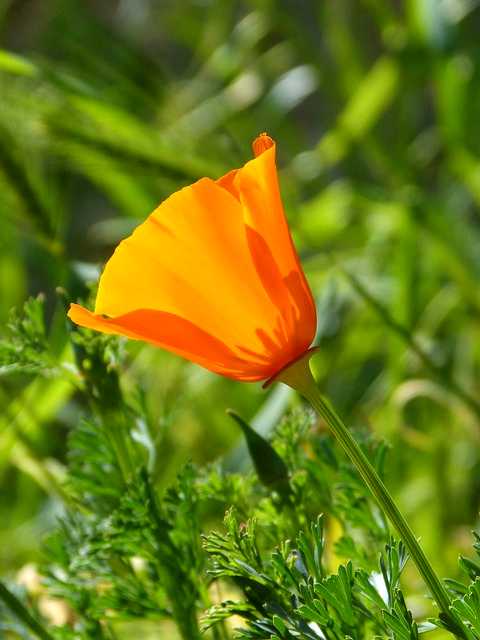
The California poppy is a dazzling native flower ideal for planting in August. It tolerates drought and thrives in sandy or well-draining soils. This flower loves full sunlight and performs best with daytime temperatures between 60°F and 80°F.
Seeds should be sown directly into the ground about ¼ inch deep. Once established, the bright orange flowers can enhance the California landscape beautifully as they spread naturally and self-seed for future blooms.
Alyssum (Lobularia maritima)
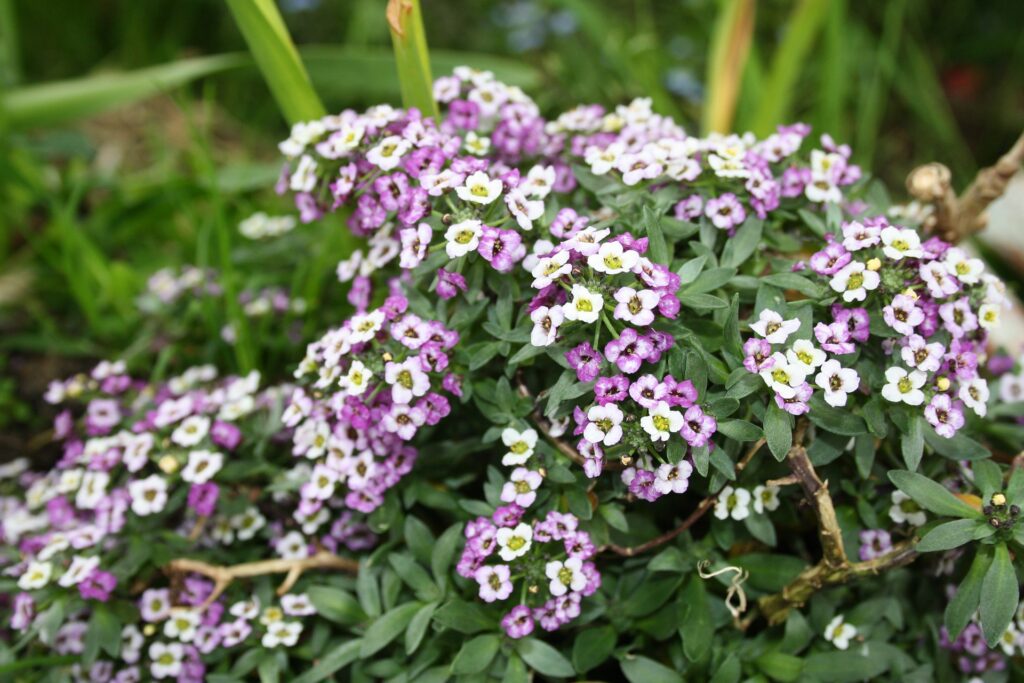
Alyssum is a charming flower known for its sweet fragrance and ability to attract beneficial insects. Planting in August is ideal to establish this hardy annual before cooler weather. They do well with temperatures from 60°F to 75°F.
Sow seeds directly in well-draining soil about 1/8 inch deep and thin the seedlings to about 6 inches apart to promote better airflow. Alyssum creates a dense mat of flowers, making it excellent for edging and ground cover.
Salvia (Salvia spp.)
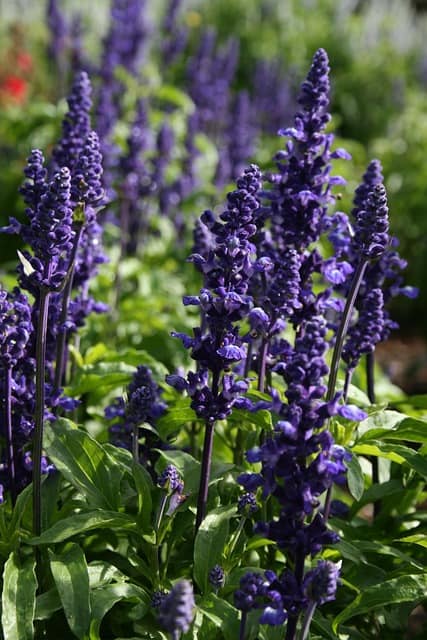
Salvia, particularly varieties like Salvia splendens, is a fantastic flower for late summer planting. With remarkable drought tolerance, salvia thrives in the hot, dry conditions that California can provide.
Ideal temperatures range from 60°F to 90°F. Plant seeds or transplants in full sunlight, spacing them about 12 inches apart. Salvia blooms beautiful spikes of color, attracting hummingbirds and butterflies, while also providing a pop of color through fall.
Gazania (Gazania rigens)

Gazania is a vibrant perennial that performs beautifully in full sun, making it ideal for California’s dry summers. It prefers warm temperatures typically ranging from 60°F to 85°F.
Plant seeds in well-draining soil about ¼ inch deep and provide space for them to spread naturally. Gazanias are excellent for borders and containers, creating a striking display of color.
Torenia (Torenia fournieri)
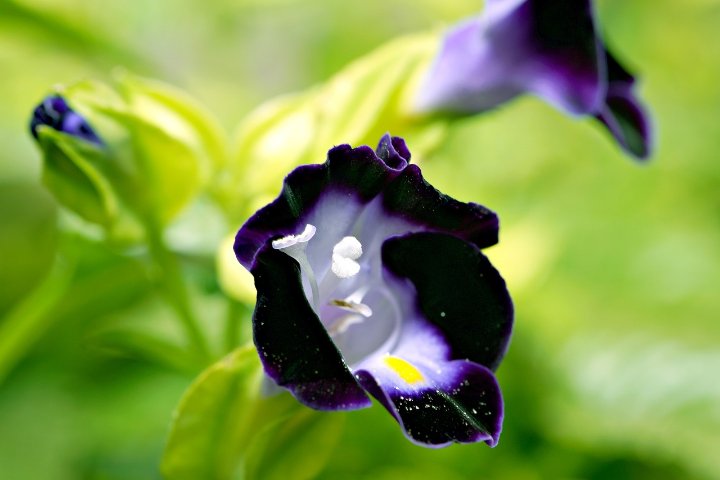
Torenia, commonly known as wishbone flower, makes a delightful addition to shaded garden areas. Though it enjoys light, it can also thrive under partial shade. Plant them in well-drained soil at temperatures between 60°F and 80°F to establish continuous blooms until the first frost.
Direct sow in August for a climatic bloom between late summer and early fall, spacing them about 6 to 12 inches apart. Their delicate blooms bring beauty and cheerful colors to shady niches.
Herbs To Plant
Basil (Ocimum basilicum)
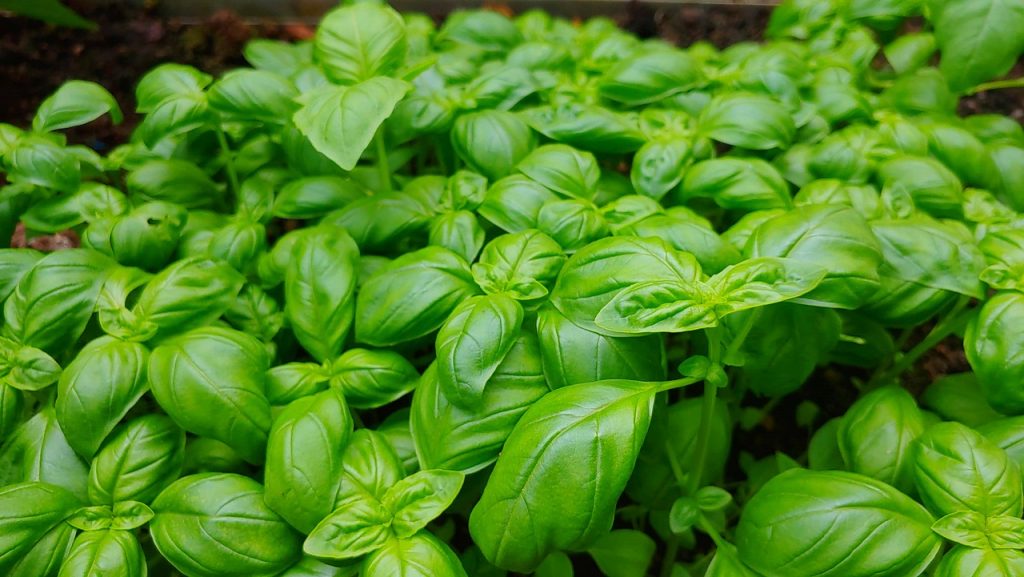
Basil is a favorite culinary herb that thrives in the warmth of summer, making August planting ideal. This fragrant herb favors temperatures between 75°F and 90°F and needs at least 6 to 8 hours of direct sunlight daily.
Plant seeds about ½ inch deep in well-drained soil and thin them to about 12 inches apart. August plantings will lead to lush basil plants ready for harvest by late summer, perfect for pesto and fresh salads.
Thyme (Thymus vulgaris)
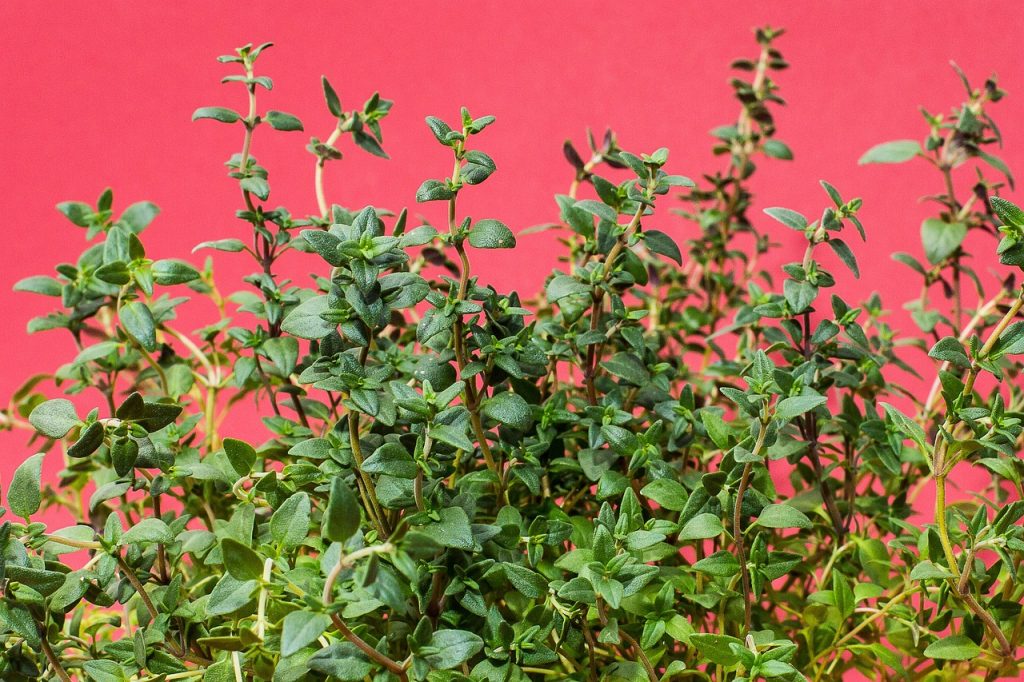
Thyme is a perennial herb that is resilient to drought and can be successfully sown in August. This hardy herb prefers temperatures between 60°F and 75°F and performs best in well-drained soil with full sun exposure.
Sow seeds lightly, just below the soil surface, and space them about 12 inches apart. As a low-growing herb, thyme adds value to garden borders and edible landscapes alike. The added bonus is the significant flavor boost it provides to numerous dishes.
Cilantro (Coriandrum sativum)
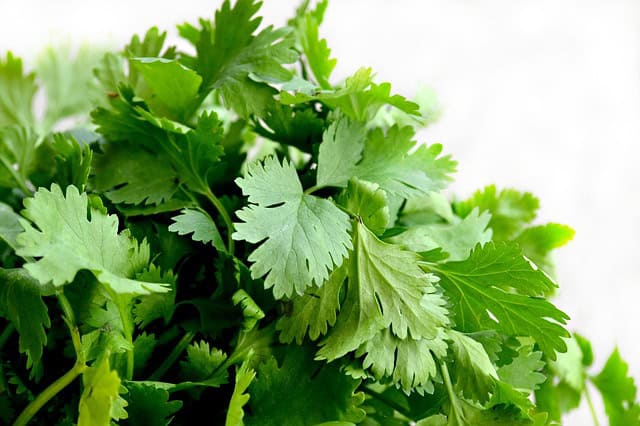
Cilantro is a culinary essential that can be sown in late summer for a bountiful harvest in the cooler fall months. It prefers cooler temperatures, ideally between 60°F and 70°F, making August planting ideal as the heat begins to relent.
Sow seeds approximately ¼ inch deep in well-drained soil and water consistently. Buds will mature quickly, yielding aromatic leaves that enhance global cuisines and can also be harvested for seeds as coriander.
Dill (Anethum graveolens)
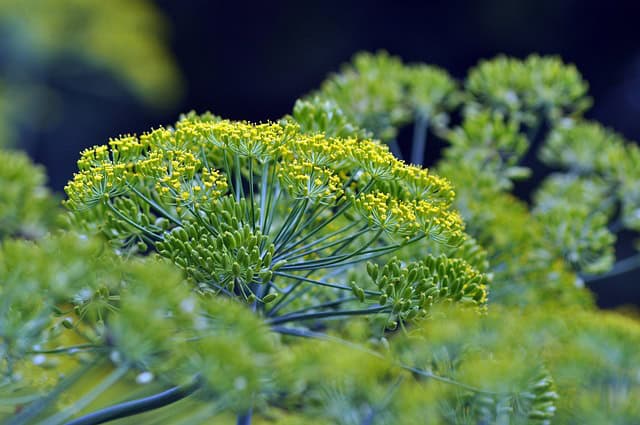
Dill is comparatively tolerant of temperatures and can be grown successfully in August across California. This herb prefers cooler nights and ideally thrives in temperatures of 60°F to 75°F.
Sow seeds directly onto the soil surface and let them lightly cover the seed before watering. Dill grows tall, so ensure it has space to flourish — about 12 inches apart. Fresh dill is perfect for pickling and adds delightful flavor to a variety of dishes.
Mint (Mentha spp.)
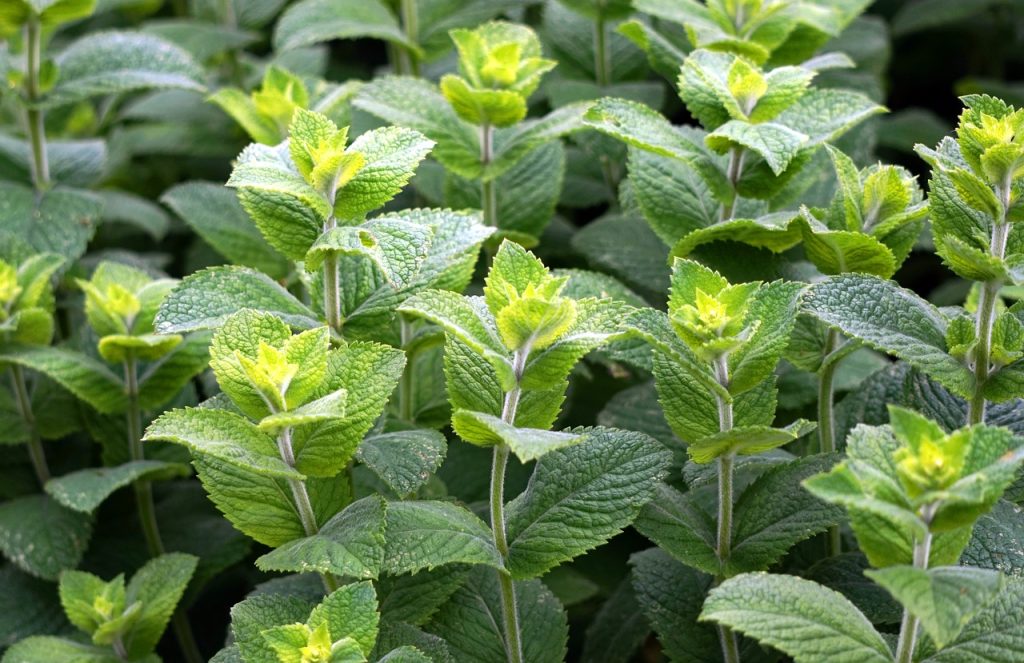
Mint is an incredibly fragrant herb that thrives in partial to full sunlight and prefers cooler temperatures for optimal growth. Sowing in August will allow mint to establish roots before the colder weather arrives.
Plant mint seeds about 1/4 inch deep in moist, rich soil, spacing them about 12 inches apart. Be mindful of mint’s tendency to spread; growing it in containers may help keep it under control while still providing aromatic leaves for teas and garnishes.
Oregano (Origanum vulgare)
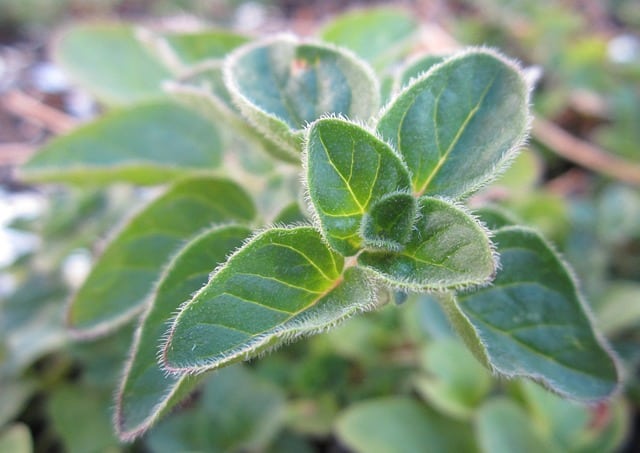
Oregano is a favorite Mediterranean herb that can be sown in August, adapting well to California’s summer heat when given proper watering and nutrients. It thrives in well-drained soil at temperatures between 60°F and 80°F.
Sow seeds approximately 1/4 inch deep and space them about 12 inches apart. As a perennial, oregano has many culinary uses, enhancing sauces, meats, and more while being a robust plant in the garden.
Chives (Allium schoenoprasum)
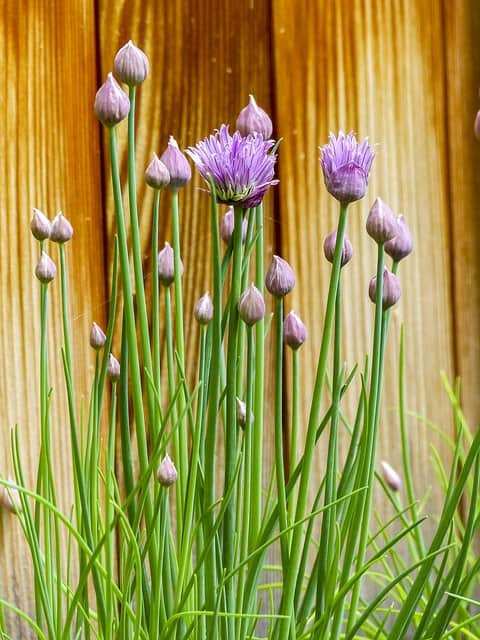
Chives are delightful, hardy herbs that can be successfully sown in August. They thrive in a variety of conditions and prefer cooler temperatures ranging from 60°F to 75°F.
Direct sow chive seeds about ¼ inch deep and 6 to 12 inches apart. Chives will establish quickly, providing a fresh, mild onion flavor for culinary uses throughout the remaining growing season.
Parsley (Petroselinum crispum)
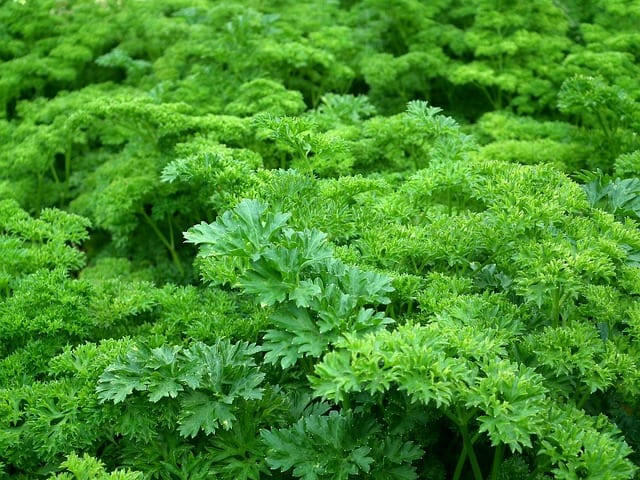
Parsley is a versatile herb that can be sown in August for robust growth in the cooler months. Preferred temperatures span from 60°F to 75°F for optimal germination and growth.
Plant seeds approximately 1/4 inch deep and space them about 6 inches apart. Parsley is a biennial but is typically grown as an annual. Its rich green foliage is not only aromatic but also a nutritious addition to many dishes.
Lemon Balm (Melissa officinalis)
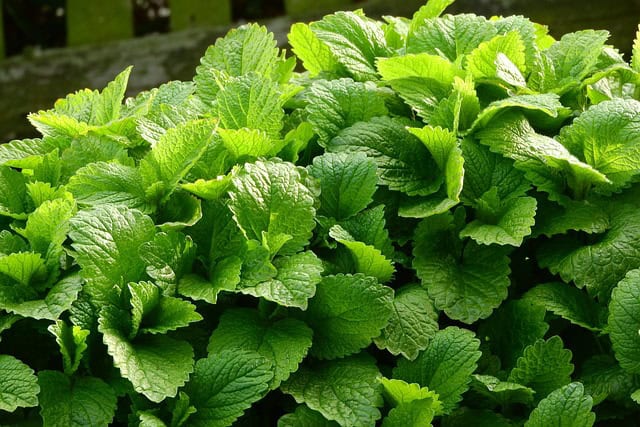
A member of the mint family, lemon balm is ideal for those who appreciate its citrusy aroma in their garden. This herb enjoys warm weather and does well when planted in the moderate heat of August.
Seek temperatures between 60°F and 75°F and sow seeds just below the soil surface. Lemon balm requires about 12 inches of spacing. Flourishing through fall, this herb is perfect for herbal teas and as a garnish for various dishes.
Fennel (Foeniculum vulgare)
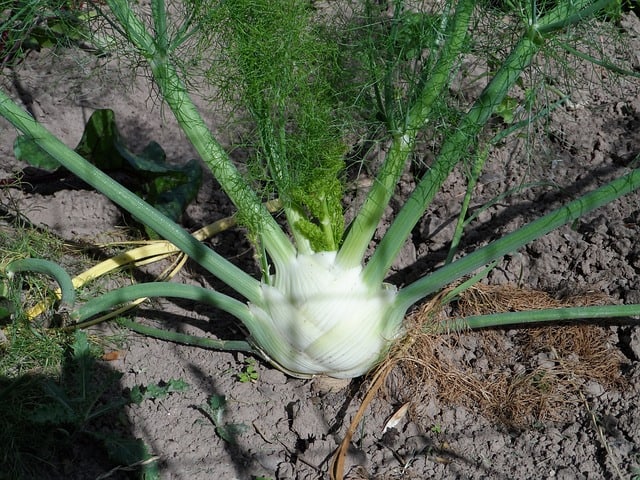
Fennel is a unique herb that also serves as a vegetable. Its seeds can be sown in late summer as a delightful addition to culinary endeavors. Fennel thrives in well-drained soils and benefits from warm temperatures of 70°F to 85°F.
Plant seeds about 1/4 inch deep and space them around 12 inches apart. Fennel’s anise-flavored fronds can be used fresh or dried, while the bulb can be harvested for salads and roasting.
Landscape Plants To Plant
California Native Wildflowers
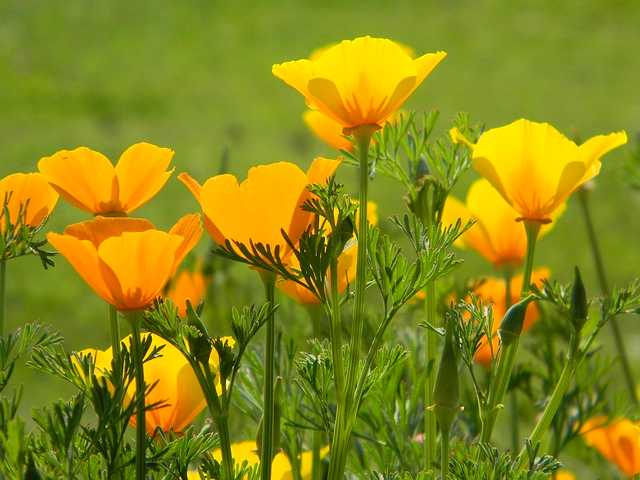
August is the perfect time to sow a blend of California native wildflower seeds to encourage local biodiversity. These flowers thrive in the natural climate and are well-suited to the dry summer months, adapting easily to USDA zones 5 through 10.
Plant seeds directly in well-draining soil and watch them flourish with rain in the fall. Not only do they provide stunning visuals, but native wildflowers also attract pollinators, creating a sanctuary for beneficial insects.
Agave (Agave spp.)

Agave is a stunning succulent that is resilient to arid conditions, thriving in well-drained soil with full sun exposure. These sturdy plants are perfect for California’s regions and can withstand temperatures from 30°F to 100°F.
Plant young agave specimens in a sunny location with ample space for their dramatic rosettes to grow. With minimal water and care, agave becomes a long-lasting landscape star, adding architectural elements in gardens or rockeries.
Lavender (Lavandula spp.)
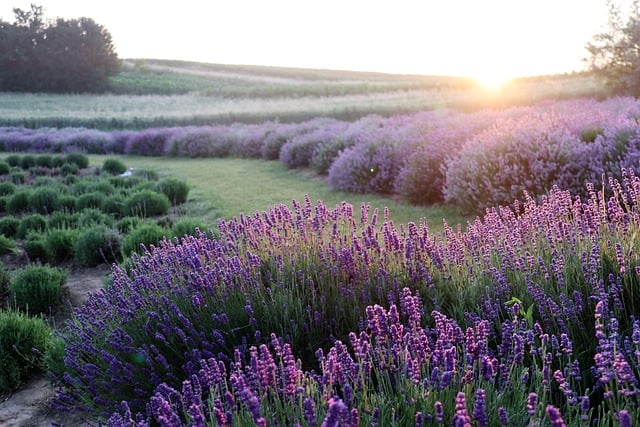
Lavender is a drought-tolerant, fragrant perennial that can be planted in August to establish its roots before the cooler months. It thrives best in well-drained, sandy soils and prefers temperatures between 60°F and 80°F.
Sow seeds about ¼ inch deep and provide adequate spacing of around 12 to 24 inches for mature plants. Beyond its aesthetic charm, lavender is also beneficial for attracting pollinators and creating relaxing ambiance with its aromatic foliage.
Sedum (Sedum spp.)
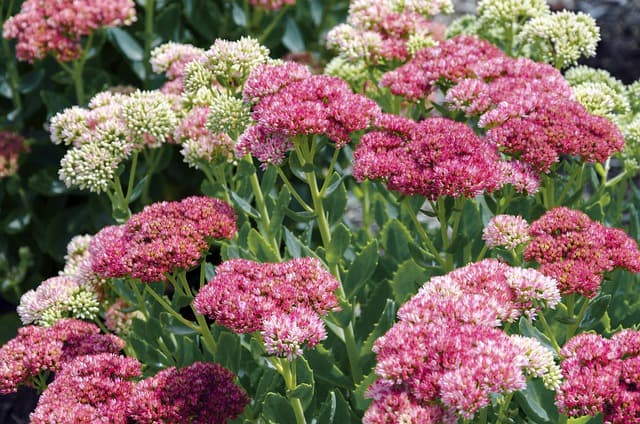
Sedums are low-maintenance succulents that come in many varieties, making them ideal for California gardens. They thrive in well-draining soil, preferring dry conditions, and can tolerate temperatures from 30°F to 100°F.
Plant sedum cuttings or seeds in August to enjoy vibrant foliage throughout the fall and winter months. Their resilience against drought makes them well-suited for water-wise landscaping and garden beds.
Japanese Maple (Acer palmatum)
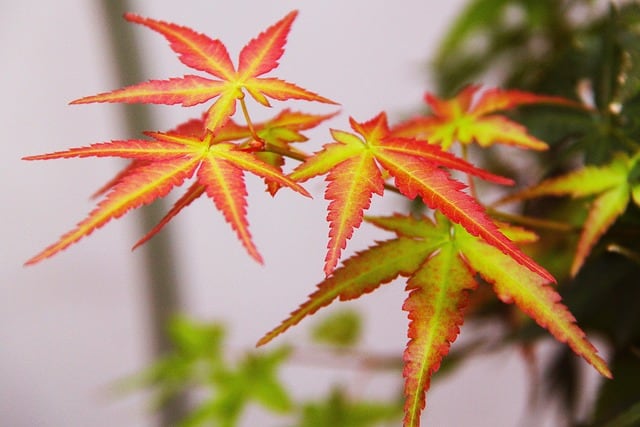
Japanese maples are stunning ornamental trees appreciated for their exquisite foliage. Planting in August allows the tree to establish roots before the cooler season arrives. They prefer partial shade and thrive in well-draining soil and temperatures between 40°F and 80°F.
Dig a hole at least twice the width of the root ball to support healthy growth and ensure adequate watering while getting established. These trees provide beautiful fall color and serve as excellent focal points in landscapes.
Heliotrope (Heliotropium arborescens)
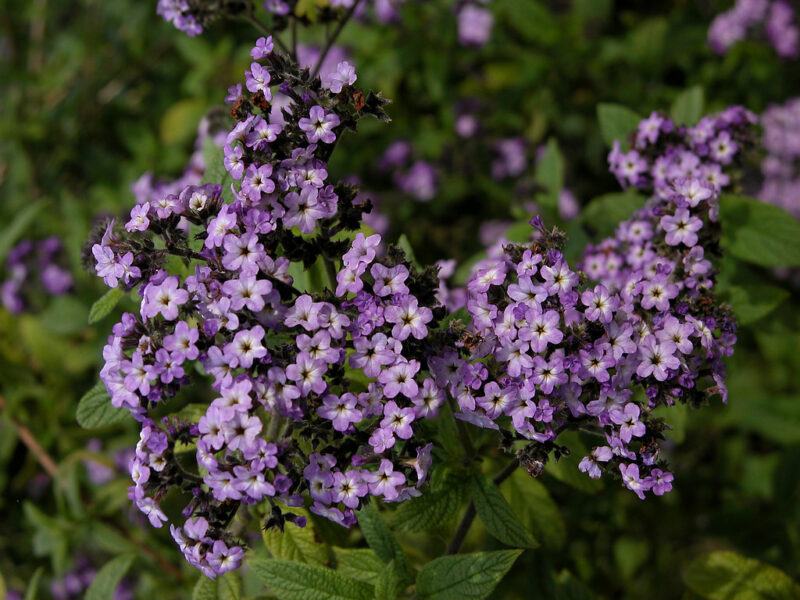
Heliotrope is a fragrant, colorful flowering plant that can be planted in August to provide beautiful blooms until the first frost. They thrive in warm temperatures ranging from 60°F to 85°F, requiring full sun for optimal growth.
Plant seeds about ¼ inch deep and space them approximately 12 inches apart. Heliotropes are known for attracting butterflies and hummingbirds, making them perfect for gardens filled with wildlife.
Bottlebrush (Callistemon spp.)
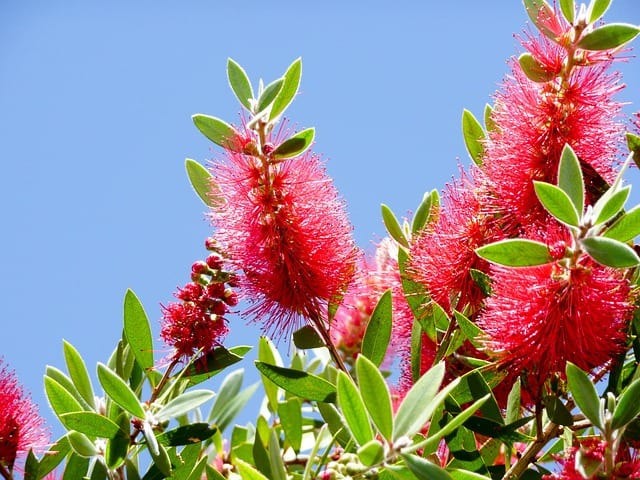
Bottlebrush is an excellent choice for California gardens due to its drought tolerance and vibrant flowers. Planting in August allows this perennial shrub to establish roots before the cooler months. It thrives best in well-drained soils with full sun exposure.
Space young plants about 6 to 10 feet apart to accommodate their mature size. Prune periodically to maintain shape and encourage bushier growth. Bottlebrush also attracts birds with its flowers, and its resilience makes it a perfect addition to any landscape.
Desert Rose (Adenium obesum)

Desert rose is a striking succulent that thrives in California’s warmer regions. With proper care, planting in August offers the opportunity for these striking plants to establish roots for a vigorous display of blooms.
Plant in well-draining soil and provide ample sunlight, as they prefer temperatures between 70°F and 100°F. Space them well to allow for growth. Their tropical appearance adds a unique flair and draws attention in the landscape.
Red Yucca (Hesperaloe parviflora)
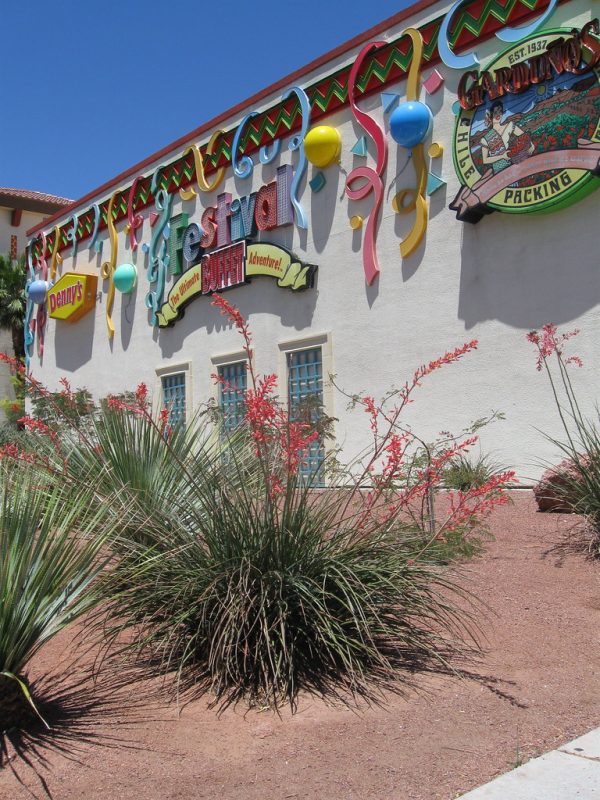
Red yucca is a drought-tolerant perennial that can be established throughout California. They thrive in bright sunlight and offer unique architectural beauty. Best planted in August, red yuccas prefer temperatures between 40°F and 100°F.
Plant in well-drained soil and negotiate a space of around 3 feet for their growth. With attractive red flower spikes, this plant provides nectar for hummingbirds and brightens any garden setting.
Grapevine (Vitis vinifera)
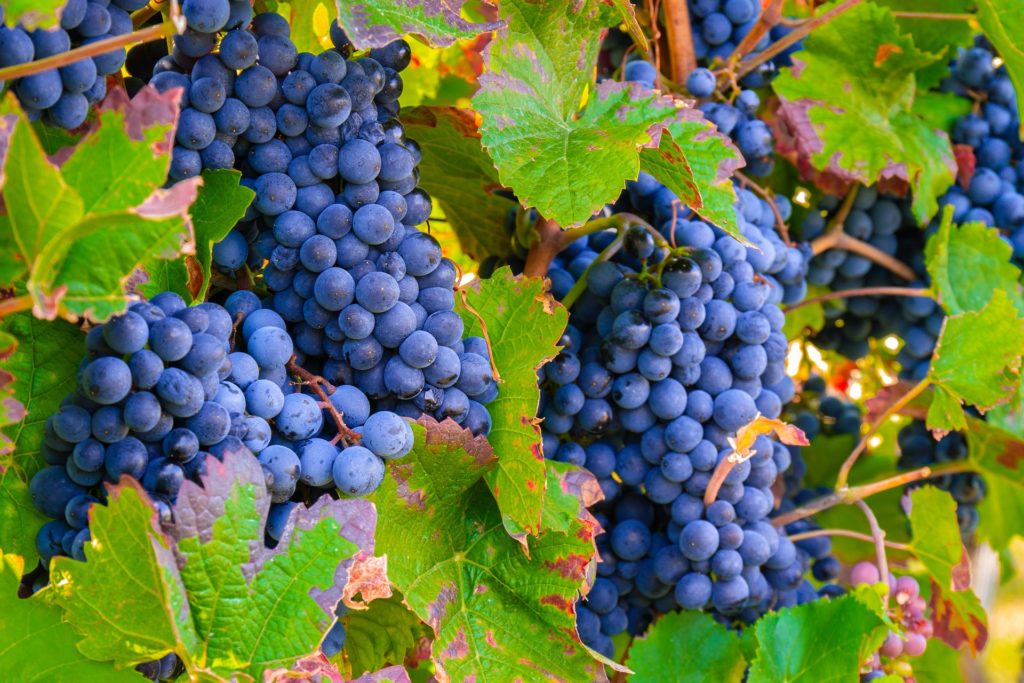
Grapevines are a beautiful addition to California landscapes and are particularly well-suited for planting in August. They enjoy full sun and can thrive across zones 5 to 10, flourishing best in temperatures between 60°F and 90°F.
Provide support through trellises or arbors. When planning their spacing, allow at least 6 to 10 feet between each vine to prevent overcrowding. Grapevines not only create visually appealing structures but also become a source of delicious, home-grown fruit.


